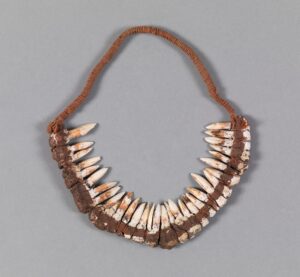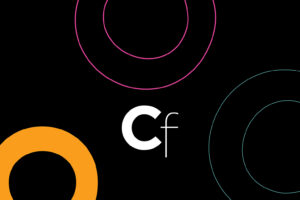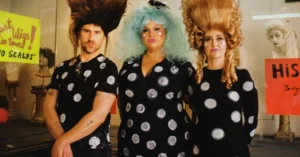Marsha P. Johnson’s Activism Lives on in Her Art

Editor’s Note: This is an excerpt from Marsha: the Joy and Defiance of Marsha P. Johnson, by the artist Tourmaline. It releases out May 20 from Tiny Reparations
Marsha remained fiercely committed to making the world better through her activism. She used banner-making as a way to build recognition for whatever key message she was focusing her energy on… Marsha continued to demonstrate her commitment to poor people in the gay community by marching with a banner that read, simply, GAY POOOR PEOPLE. With messaging, she didn’t mince words, and she labored over each banner painstakingly.
“Darling, every banner I work very hard on—they have to be hand-sewn in some parts,” she reminded Steve [Watson of the Village Voice]. These carefully crafted textiles endured long after each parade was over. In 2018, the artist Tuesday Smilie re-created Marsha’s STAR [Street Transvestite Action Revolutionaries—a grassroots organiaztion dedicated to advocating for young trans people facing homelessness and police violence] banner for an exhibit at the Rose Art Museum in Massachusetts. Upon seeing archival photographs of Marsha and Sylvia [Rivera] marching with banners Marsha made, Smilie recalled to NPR, “There’s a presence to them… There’s this aliveness that is really beautiful and really resonant and… carries this photograph that’s now forty years old.” Marsha’s textile art, born on the stage of her activism, had the profound capacity to live beyond her years.
Since the early 1970s, and up through the rest of her life, Marsha’s artistic mediums spilled over and into one another, collapsing formal distinctions between acting, performance art, textile art, theater, fashion, songwriting, drag, and high muse-hood. The banners she created during these early years reflected this fluidity, as she began adding more levity and fun to the gay liberation movement through her aestheticized slogans.

For the 1978 Gay Pride parade, Marsha made buttons in the style of the Coca-Cola logo that read GAY LOVE and she sewed a “Gay Love” banner “because it said everything,” she recalled. The banner was simply so good that the off-off-Broday troupe Hot Peaches borrowed it for their European tour and never gave it back. Although it wasn’t a membership organization like STAR, Marsha’s imagined new group Gay Love—something she was trying to speak into existence—would provide a necessary componenet to the movement: birthday parties.
“All Gay Love will do is give birthday parties, because that’s not part of the movemet at all,” Marsha reflected. She dreamed of a moment when Gay Love would have birthday parties for people who had made significant contributions to the gay movement. This service would provide moments of pure, delicious frivolity, as repites from the constant challenges of the work. They’d honor Arthur Bell, Bob Kohler, Sylvia Rivera, people at gay bookstores and gay bars—a non-exhaustive list.
Marsha’s joy and exuberance—her birthday party-ness—would shine brightly through every art form she made. Her artwork touched the people immediately around her and those who lived in the decades to come. Marsha used art to innovate social transformation. She was always ahead of her time in a world that needed to catch up.
A core part of Marsha’s artistic practice, whether onstage or on the street, was to bring beauty and joy to brighten everyday places. This often meant she interacted with people who never met anyone like her before, not that there was anyone like her. A few days before being profiled by Steve Watson, Marsha wandered through the main floor of the Lord & Taylor department store on New York’s opulent Fifth Avenue in Midtown Manhattan. She floated from makeup booth to makeup booth like a pollinator going from flower to flower, taking out her pocket mirror to admire herself and trying out whichever lipsticks, eyeshadows, and blushes spoke to her fresh new desire.



